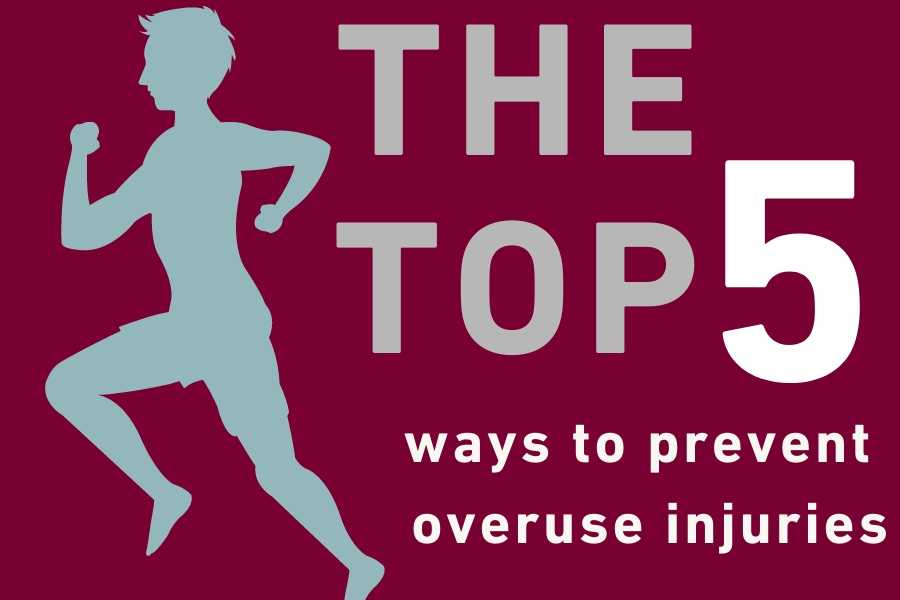What Are Elbow Problems and Pain?
There are many different conditions and injuries that can cause pain and problems in the elbow. The elbow is made up of bone, cartilage, ligaments, fluid, muscles and tendons to help it move throughout the day and when playing sports. When the elbow becomes injured or damaged, it can cause pain and limit the movement of the arm.
There are many different causes of elbow pain and problems, including:
-
Dislocation or fracture – Falling on an outstretched arm (known as a FOOSH injury) or dislocating the elbow can cause pain and limit movement at the elbow.
-
Distal biceps injuries – The bicep muscle runs from the top of the shoulder to below the elbow. Injury to the biceps tendon at the elbow is caused by a sudden injury or force that rapidly extends the elbow straight, such as attempting to lift or catch a heavy object.
-
Ligament injuries – There are three ligaments in the elbow. The most common elbow ligament injury is to the ulnar collateral ligament, also called the Tommy John ligament.
-
Olecranon bursitis – Bursae are small fluid-filled sacs that lubricate and facilitate movement of muscles and tendons over skin and bone joints. Olecranon bursitis affects the bursae at the tip of the elbow.
-
Osteoarthritis – Cartilage can become worn down and damaged in any joint, including the elbow joint. Osteoarthritis is often caused by age, but can also a result from an elbow injury or overuse from sports or work.
-
Osteochondritis dissecans – Stress on the elbow, such as high-level sports in adolescents, can lead to damage to the cartilage in the elbow called osteochondritis dissecans or OCD, creating pain and in some instances clicking and locking if the injured cartilage flakes off the bone.
-
Tendinitis – Repetitive movements, including throwing a ball, swinging a golf club, playing tennis or overuse at work can cause inflammation along the tendons in the elbow. Inflammation of the medial epicondylitis, which is the tendon coming off the inside of the elbow, is often calls golfer’s elbow. Inflammation of lateral epicondylitis, which is the tendon coming off the outside of the top of elbow, is often called tennis elbow.
Contact an orthopedic or sports medicine provider if your elbow pain doesn’t improve after a few days of self-care and rest at home. A specialist can order tests to diagnose your pain and create a comprehensive treatment plan that addresses your injury and restores function to your elbow and arm.
Symptoms
Symptoms of elbow pain and problems can vary widely, depending on the source of your injury or condition.

